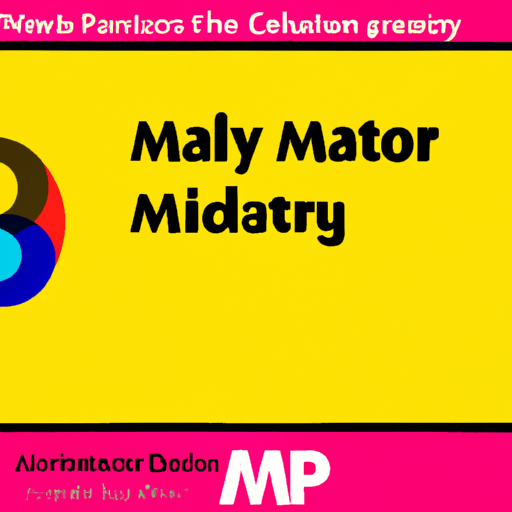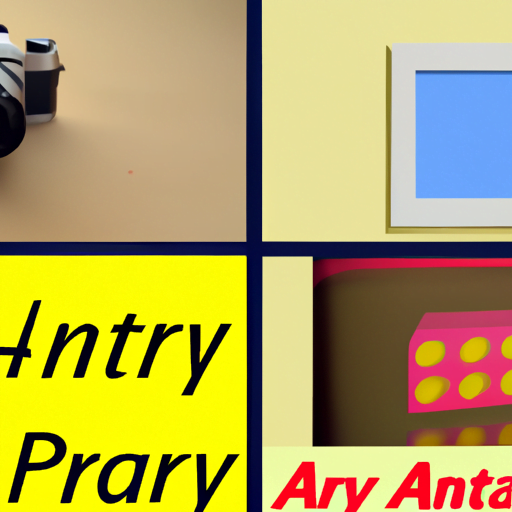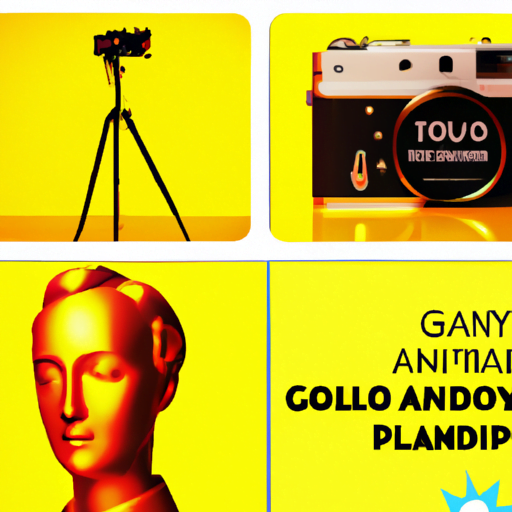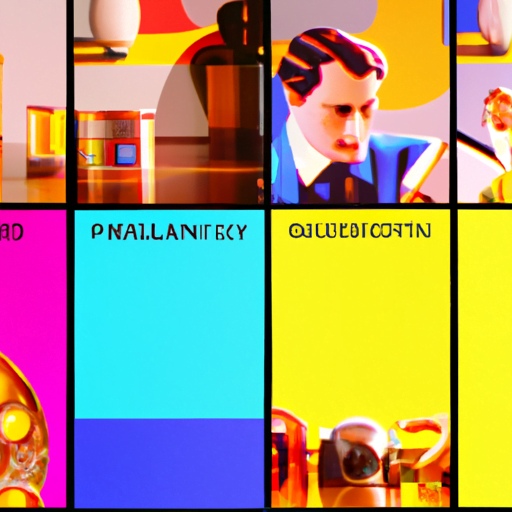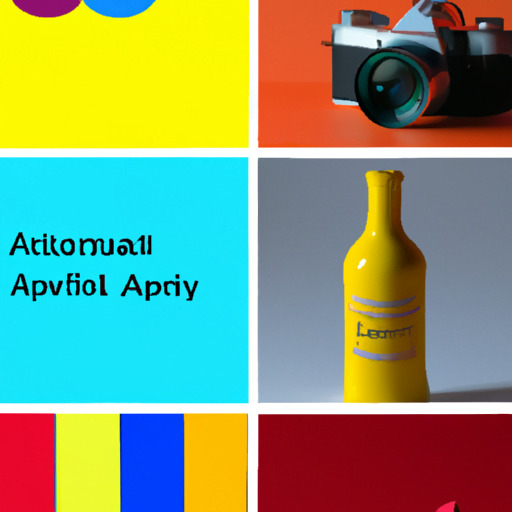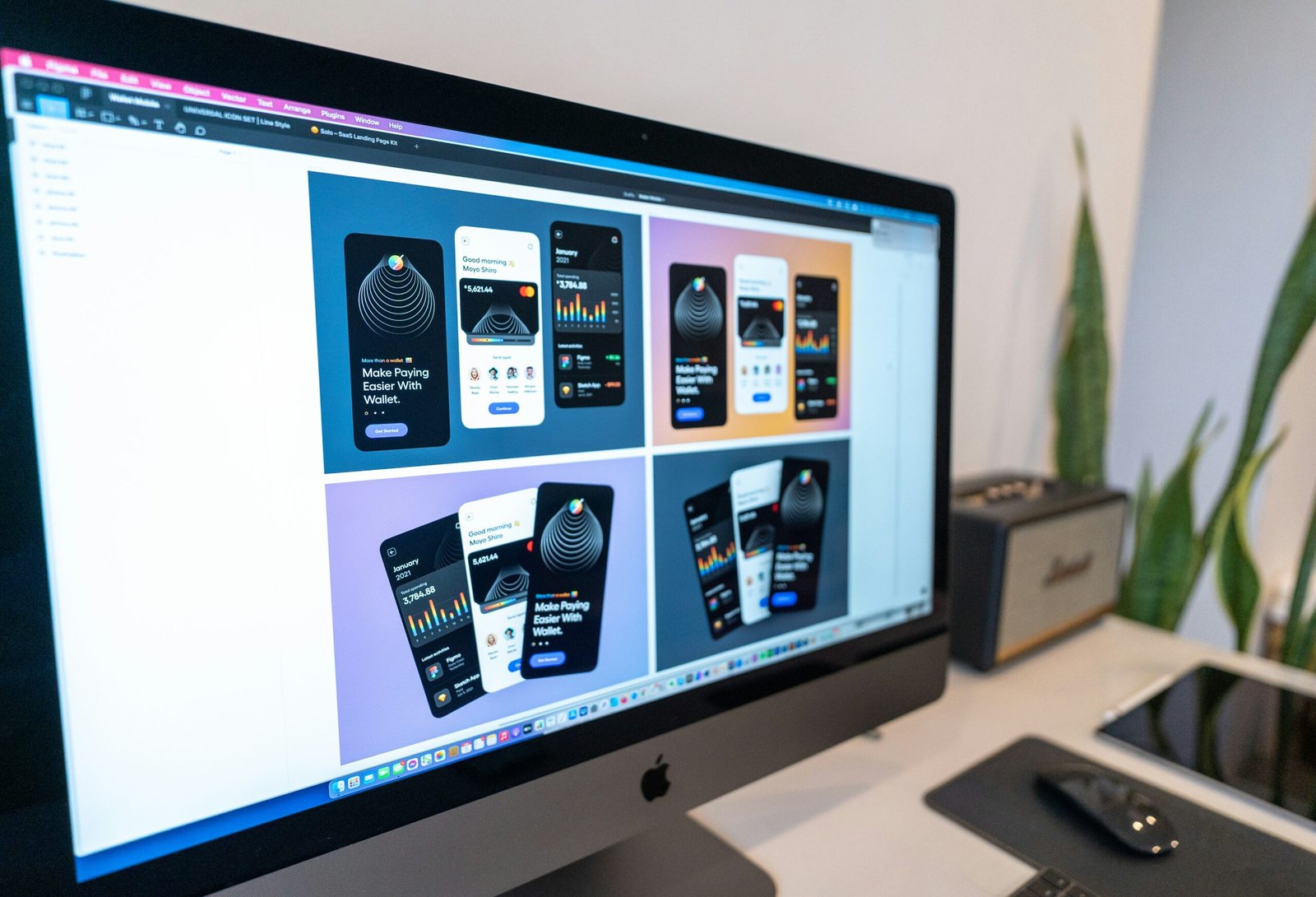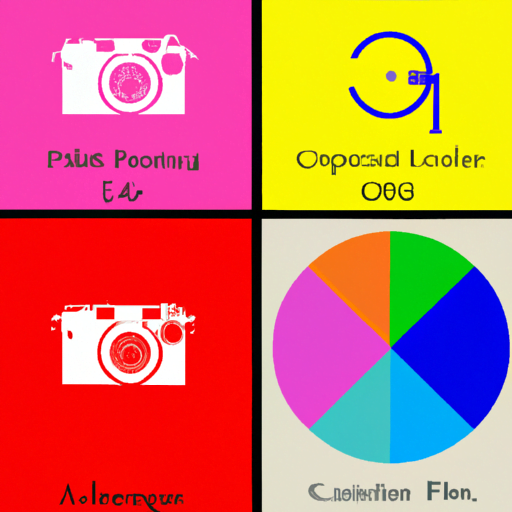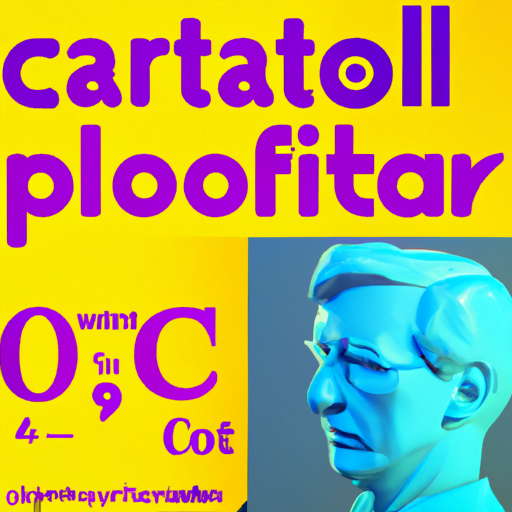Table of Contents
- Mastering Editorial Layout Design
- The Importance of Editorial Layout Design
- Understanding the Basics of Editorial Layout Design
- 1. Grid Systems
- 2. Typography
- 3. White Space
- Advanced Techniques for Editorial Layout Design
- 1. Visual Hierarchy
- 2. Modular Design
- 3. Infographics and Data Visualization
- Case Studies: Successful Editorial Layout Designs
- 1. Wired Magazine
- 2. The Guardian
- Key Takeaways
Mastering Editorial Layout Design

Editorial layout design plays a crucial role in capturing the attention of readers and conveying information effectively. Whether it’s a magazine, newspaper, or online publication, a well-designed layout can enhance the reading experience and make the content more engaging. In this article, we will explore the key principles and techniques for mastering editorial layout design, backed by research, examples, and case studies.
The Importance of Editorial Layout Design
Before diving into the specifics of editorial layout design, it’s essential to understand why it matters. A well-designed layout can:
- Attract readers: A visually appealing layout can grab the attention of potential readers and entice them to explore the content further.
- Enhance readability: A well-structured layout with clear typography, appropriate spacing, and logical flow can make the content easier to read and understand.
- Guide the reader: An effective layout can guide readers through the content, highlighting important information and creating a seamless reading experience.
- Convey hierarchy: Through the use of visual elements such as size, color, and placement, a layout can communicate the importance and relationship between different pieces of content.
- Reflect the brand: A consistent and well-designed layout can reinforce the brand identity and create a cohesive visual experience for readers.
Understanding the Basics of Editorial Layout Design
Before delving into advanced techniques, it’s important to grasp the fundamental principles of editorial layout design. These principles serve as a foundation for creating effective layouts:
1. Grid Systems
A grid system is a framework that helps designers organize content on a page. It provides a structure for placing elements, such as text and images, in a balanced and visually pleasing manner. Grid systems ensure consistency and coherence throughout the layout.
For example, the popular 12-column grid system divides the page into twelve equal-width columns. This allows designers to align elements, create visual hierarchy, and maintain consistency across different pages of a publication.
2. Typography
Typography plays a crucial role in editorial layout design. Choosing the right typefaces, font sizes, and line spacing can greatly impact readability and visual appeal. Here are some key considerations:
- Legibility: Select typefaces that are easy to read, especially for longer articles. Avoid overly decorative fonts that may hinder legibility.
- Hierarchy: Use different font sizes, weights, and styles to establish a clear hierarchy of information. Headlines should stand out and guide readers through the content.
- Spacing: Pay attention to line spacing (leading) and letter spacing (tracking) to ensure comfortable reading. Avoid overcrowding or excessive spacing between lines.
3. White Space
White space, also known as negative space, refers to the empty areas between elements in a layout. It is a powerful tool for creating visual balance, emphasizing content, and improving readability. Adequate white space allows readers to focus on the main message without feeling overwhelmed.
For example, The New York Times effectively uses white space in its editorial layouts to create a clean and organized reading experience. The ample white space around headlines and paragraphs helps readers navigate the content effortlessly.
Advanced Techniques for Editorial Layout Design
Now that we have covered the basics, let’s explore some advanced techniques that can take your editorial layout design to the next level:
1. Visual Hierarchy
Visual hierarchy refers to the arrangement and presentation of elements in a way that guides the reader’s attention. By using size, color, contrast, and placement, designers can create a clear hierarchy of information.
For example, a larger headline with a contrasting color will naturally attract more attention than a smaller subheading. By strategically placing important elements and using visual cues, designers can guide readers through the content in a logical and engaging manner.
2. Modular Design
Modular design involves breaking the content into smaller, self-contained modules or sections. Each module can be designed independently and then combined to create a cohesive layout. This approach offers flexibility and allows for easy rearrangement of content.
Modular design is particularly useful for online publications, where content needs to adapt to different screen sizes and orientations. By designing modules that can be stacked or rearranged, designers can ensure a consistent reading experience across devices.
3. Infographics and Data Visualization
Infographics and data visualization are powerful tools for presenting complex information in a visually appealing and easily understandable way. By combining text, illustrations, charts, and graphs, designers can transform data-heavy content into engaging visuals.
For example, National Geographic often uses infographics to convey scientific or geographical information. These visuals not only enhance the storytelling but also make the content more accessible to a wider audience.
Case Studies: Successful Editorial Layout Designs
Let’s take a look at some real-world examples of successful editorial layout designs:
1. Wired Magazine
Wired Magazine is known for its innovative and visually striking layouts. The magazine effectively combines bold typography, vibrant colors, and creative use of images to create a dynamic reading experience. The layouts often feature asymmetrical compositions and unexpected visual elements, capturing the essence of the magazine’s cutting-edge content.
2. The Guardian
The Guardian newspaper has embraced a clean and minimalist layout design. The use of ample white space, clear typography, and well-structured grids allows the content to shine. The newspaper also incorporates visual storytelling through the use of large images and infographics, making complex stories more accessible to readers.
Key Takeaways
Mastering editorial layout design requires a combination of fundamental principles and advanced techniques. Here are the key takeaways:
- Understand the importance of editorial layout design in attracting readers, enhancing readability, and conveying information effectively.
- Grasp the basics of grid systems, typography, and white space to create well-structured and visually appealing layouts.
- Utilize advanced techniques such as visual hierarchy, modular design, and infographics to elevate your layouts.
- Study successful case studies to gain inspiration and insights from real-world examples.
By applying these principles and techniques, you can master the art of editorial layout design and create compelling and engaging publications that captivate readers.

